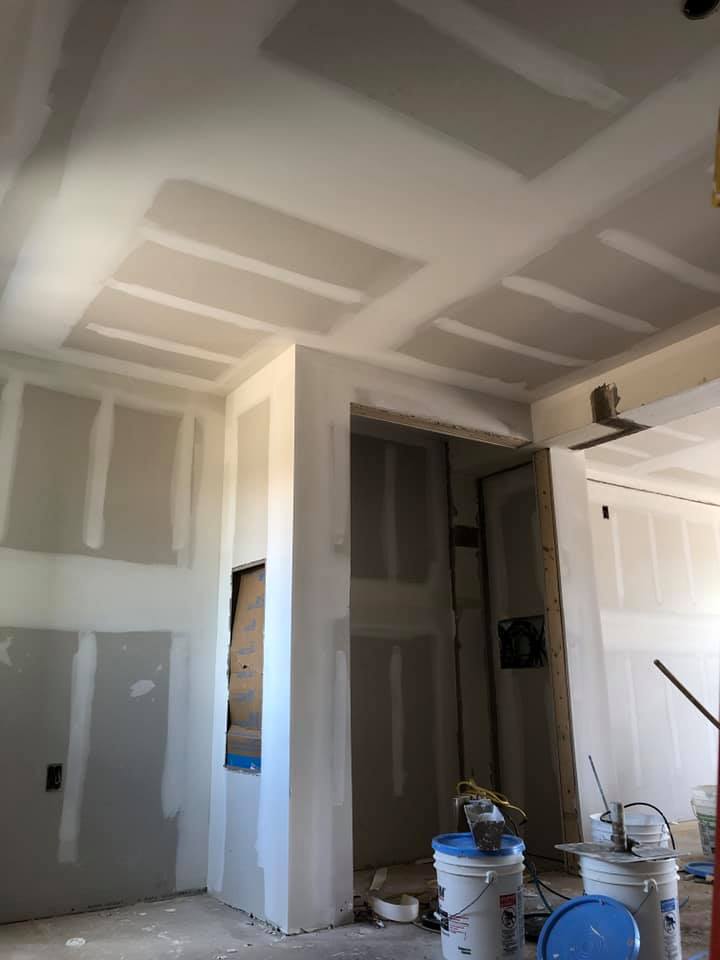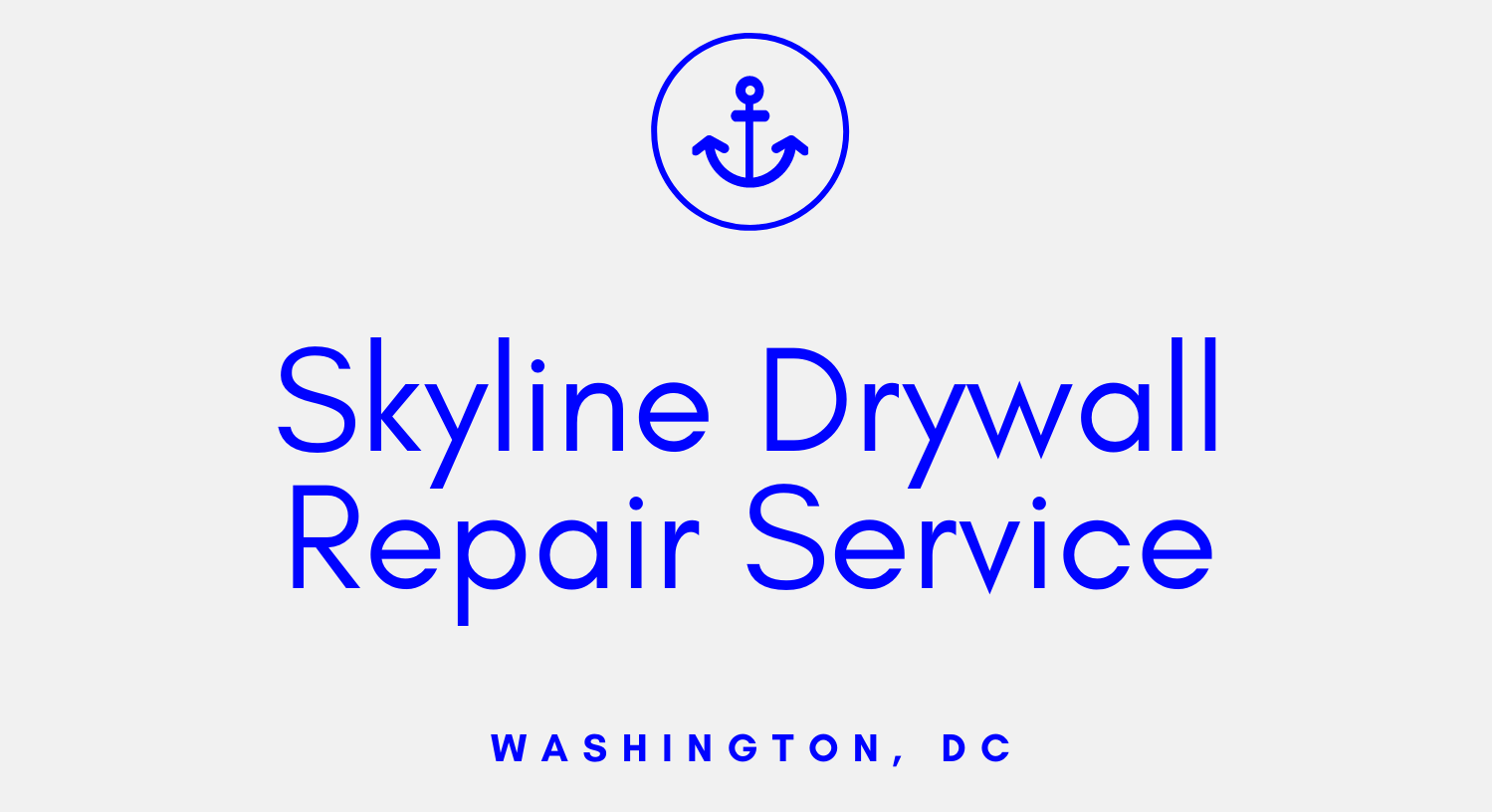Drywall and Insulation
This article is the excerpt form the book called “How to build a house” by “Larry Haun”, about drywall and insulation. Various Drywall insulation materials used are discussed here.
In old days, insulation was either nonexistent or the walls might be packed with old newspapers, hemp, straw, corn husks, or other organic materials. The trouble with this type of insulation was that it gradually settled, leaving a gap at the top, and animals often burrowed into it. The top of a wall is where hot air gathers, so as the insulation settled over time, many walls lost effectiveness.
Today we know more about the science behind keeping homes heated and how to retain the most heat from the he4at source. Insulating a home means creating a complete protected envelope that can be kept warm while the world outside it is cool, or in hot climates, keeping the envelope cool while the outside is warm.
Insulation Materials
There are many types of insulation on today’s market depending on how you plan to install it, where you want to put it, and how much insulation you require. If you need to insulate an existing structure, you might blow in a cellulose material through a 2- in. hole into the cavity between the studs. A foam plug is inserted after the insulation is in place and the wall is covered with shingles or clapboard siding. If you are insulating a new structure, your choices are far wider. You might install fiberglass batts, lay foam panels between the studs and fill any gaps with spray into the wall, or build the entire home using structural insulated panels.
Fiberglass Insulation
If you build a 2×4 stud wall, the area between studs spaced 16 in. apart is available for insulation, and manufacturers make rolls of fiberglass insulation (known as batts or blankets) 14 ½ in. wide × 3 ½ in. thick to fit perfectly between the studs. Some fiberglass insulation is paper backed. When installing this type of insulation, always make sure that paper is toward the inside of the room.
However, 3 ½ in. of fiberglass only gives your wall an R-value of about 11, which means that if you plan to live in a hot climate or a cold climate, you will probably need more insulation. For this reason, many states have now mandated that exterior stud walls of fixed dwellings be made from 2×6 lumber instead of 2×4, which allows 5 ½ in. of fiberglass.
Be aware that the R-value of a fiberglass-insulated wall may be lower than the stated R-value of the fiberglass. This is because it is difficult to ensure that every hole is totally filled with fiberglass. In addition, there might be slight gaps between plywood, between wood studs, and around windows and exterior wall outlets and switches. These gaps allow air exfiltration and lower the overall R-value.
Rockwool Insulation
Rockwool, or mineral wool, insulation comes in sheets, rolls, and batts and has similar values (and installation methods) to fiberglass insulation. Unlike fiberglass, however, it is a natural, sustainable material, made by heating rock or blast furnace “slag” (the stuff left over from making iron or steel) to a very high temperature and forcing the mixture into a spinning chamber, where the stands are compressed into mats. It will not rot, is impervious to moisture, and is fire- resistant.
Foam Insulation
There are two basic types of foam insulation: open-cell and closed-cell foams. Closed-cell foams are by far the best in that the closed cells are filled with gas and air, and water cannot permeate through the foam. They also have a much higher R-value. Open-cell foams are less expensive, have a lower R-value, and can absorb water in wet locations. Many applicators spray 2 in. to 3 in. of closed-cell foam and then finish the application with 3 in. to 6 in. of open-cell foam.
Foams are sprayed into the spaces between studs to form a complete envelope enclosing the living space. It has been found that leaving gaps in the insulation can cause moisture ingress, which might lead to mold and mildew. In general, foams are sprayed by professionals, but Foam it Green has been developed specifically for homeowners who want to spray their own foam insulation. Most foam insulations today do not use chlorofluorocarbons (CFCs) as a propellant because they are harmful to the earth’s ozone layer, but you should check before using any spray-on foam.

